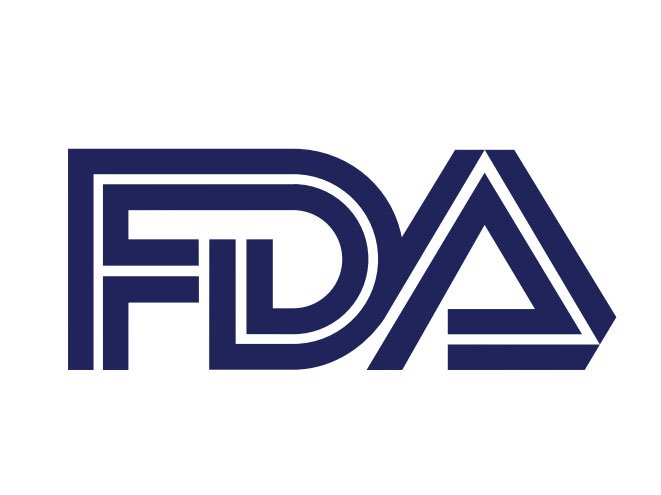The new article addresses the FDA aspects related to the way information about risks and benefits associated with a clinical investigation should be communicated by a study sponsor to potential study participants.

Table of Contents
The United States Food and Drug Administration (USFDA), the US healthcare products regulatory authority, has released a guidance document on informed consent.
It offers an overview of regulatory requirements and additional insights for all involved parties to ensure compliance.
These guidance provisions aren’t legally binding and don’t introduce new rules or obligations. The authority allows alternative approaches, if in line with existing laws and pre-approved by them.
This document covers the risk, benefits and scope of information to be disclosed to potential participants.
Regulatory Requirements: Key Points
To aid stakeholders involved in clinical investigations in comprehending the regulatory mandates within the existing legal framework, the guidance furnishes additional explanations and recommendations.
In general, both the informed consent process and the consent form in clinical investigations should align with 21 CFR 50.20, which outlines requirements for essential components in informed consent.
In certain cases, depending on the nature of the investigation, it may be necessary to include additional elements.
21 CFR 50.20
The aforementioned regulation states the following:
- “Except as provided in 50.23, and 50.24, no investigator may involve a human being as a subject in research covered by these regulations unless the investigator has obtained the legally effective informed consent of the subject or the subject’s legally authorized representative.”
- “An investigator shall seek such consent only under circumstances that provide the prospective subject or the representative sufficient opportunity to consider whether or not to participate and that minimize the possibility of coercion or undue influence.”
- “The information that is given to the subject or the representative shall be in language understandable to the subject to the representative.
- No informed consent, whether oral or written, may include any exculpatory language through which the subject or the representative is made to waive or appear to waive any of the subject’s legal rights, or releases or appears to release the investigator, the sponsor, the institution, or its agents from liability for negligence.”
Risks and Discomfort
According to regulatory requirements 21 CFR 50.25(a)(2), informed consent must include a description of foreseeable risks or discomforts. The process should clearly outline such potential issues, including those from study protocol-related tests, interventions, and procedures with significant health risks.
Changes to medical routines, like medication adjustments or using investigational drugs, need highlighting.
Participants should be informed about privacy protection and its limitations. Risk information should come from reliable sources like the study protocol, investigator’s brochure, or product labeling.
For example, MRI-related discomfort, like claustrophobia, should be noted.
In studies comparing investigational products to standard treatments, common risks of the standard treatment can be outlined.
While not all potential risks must be listed, the focus should be on more likely or severe ones, including chance, reversibility, and risk reduction measures.
The presentation shouldn’t downplay risks.
If relevant, discuss risks to others, such as radiation treatments affecting close contacts.
Strategies to reduce such risks, like separate facilities, should be mentioned.
Consider unforeseen risks, especially for pregnant subjects. Update consent materials if new risks emerge during the study.
Benefits
The document outlines how to provide information about the benefits of research, as required by 21 CFR 50.25(a)(3)
Informed consent must describe potential benefits to the subject and society.
Clear, balanced, and trustworthy data are crucial. When comparing investigational and standard treatments, outline general advantages in the consent form.
It’s essential to avoid exaggerating investigational product benefits, as it can mislead and violate FDA regulations.
Many studies primarily focus on safety and efficiency, leading to uncertainty about benefits.
If a study lacks direct participant benefits, state it clearly, like, “This study offers no direct benefits to participants.”
Payments or reimbursements for research expenses should not be labeled as benefits during consent.
In summary, the FDA guidance clarifies regulatory requirements for informing potential study participants. It explains how to describe study risks and highlights key considerations for explaining benefits.
How Can RegDesk Help?
RegDesk is a holistic Regulatory Information Management System that provides medical device and pharma companies with regulatory intelligence for over 120 markets worldwide. It can help you prepare and publish global applications, manage standards, run change assessments, and obtain real-time alerts on regulatory changes through a centralized platform. Our clients also have access to our network of over 4000 compliance experts worldwide to obtain verification on critical questions. Global expansion has never been this simple.


